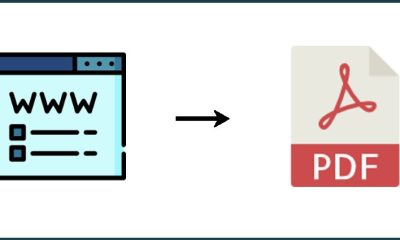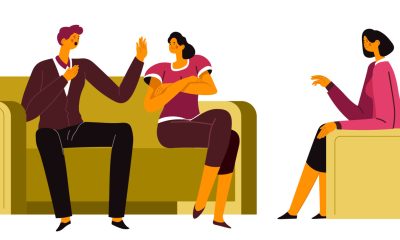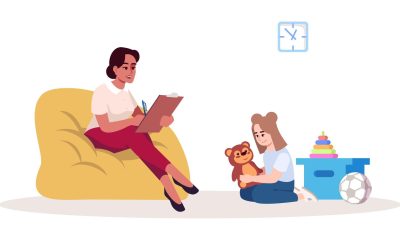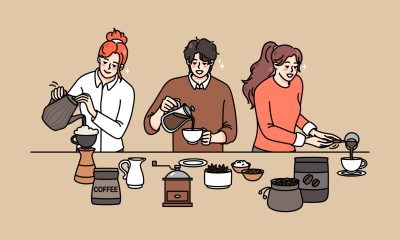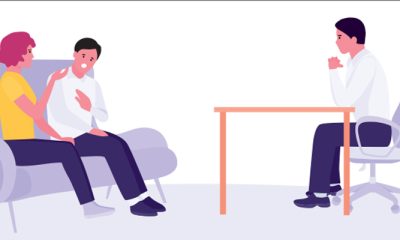Career Tips
A Comprehensive Guide On Web Design
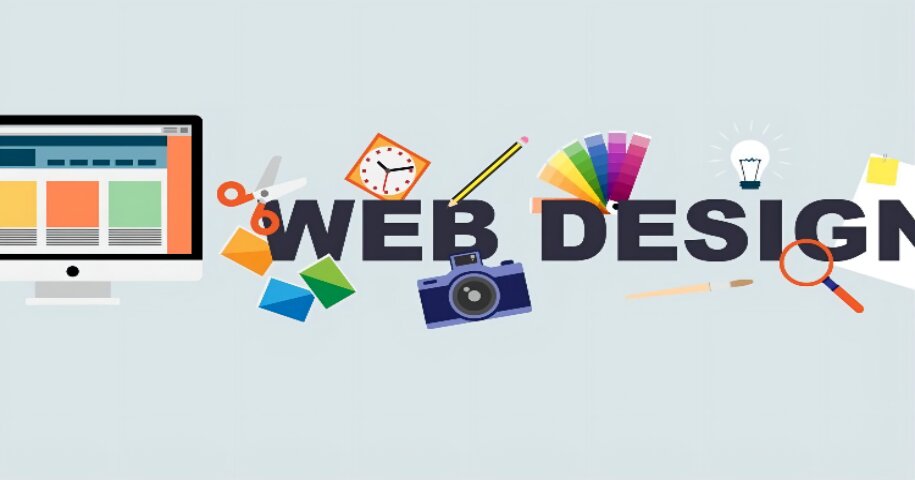
Web design is the building of websites and pages that reflect a company’s brand and information while providing a user-friendly experience. Appearance and design are important considerations whether creating a website, mobile app, or managing content on a web page. Gaining web design abilities will assist you in applying for jobs where your creativity can help a company better its brand, message, and bottom line.
What do web designers do?
Web design determines the aims of a website or webpage and promotes accessibility for all possible visitors. This method entails arranging text and graphics across multiple pages and including applications and other interactive components.
The professionals who perform this process are called web designers, and their job includes the following duties:
- Selecting easy-to-read fonts
- Choosing attractive color schemes that also enable easy-to-read fonts
- Implementing a brand’s identity into the colors, fonts and layout
- Creating a map of the website’s structure to ensure intuitive navigation
- Placing images, logos, text, videos, applications and other elements
- Using coding languages, such as HTML and CSS, to create layouts and to style pages
- Making optimized versions of websites and pages both for desktop and mobile viewing
The two most common web design strategies are adaptive and responsive design. Adaptive design creates online content with conventional screen sizes as the layout frame.
Content in responsive design changes dynamically based on the screen size. Web designers use the many parts of the general web design process to implement these design strategies based on their client’s or employer’s preferences and site goals.
What are the elements of web design?
The web design process enables designers to cater to any tastes while providing effective solutions. Every web design includes numerous standard components, such as:
- Layout
The layout of the website refers to how the content is displayed on a page. Choosing a layout is an important duty for the designer. It should be simple, intuitive, and easily available. Web designers can employ vacant sections known as white spaces to organize site elements and keep them in order using grid-based designs.
Designers can design custom layouts for desktops and mobile devices. Mobile-friendly websites are essential because many visitors reach them via their smartphones or tablets.
To ensure that a website is mobile-friendly, the designer can use a responsive template that adjusts to different screen sizes or a mobile-only look that appears when a non-desktop device connects to the page. A uniform pattern between supports increases visitors’ trust.
- Images
Images include pictures, graphics, images, icons, and other types of content that augment the text. Designers can generate the desired impact by selecting photos that suit one another as well as the brand represented by the website.
- Visual hierarchy
The visual hierarchy represents the order in which the user will process the content on the website. The designer produces it by incorporating a visual pattern throughout the website. The visual pattern is how the design directs visitors’ attention and behavior.
For example, F-Patterns and Z-Patterns highlight the top horizontal portion of your site, where most designers add navigation, the brand’s logo, and, on occasion, a search box. These are the aspects that encourage user engagement and brand identification.
- Color scheme
The color scheme is a palette of colors that complements the brand and industry it represents. To accomplish this, they will select a dominant color and a few others to form a palette. A color palette might be monochromatic (various tones of the same color), analogous (similar colors), or complementing. Designers also consider what colors consumers are more likely to be drawn to.
- Typography
The typography refers to the style or font of written text. Web designers choose one or a mix that is visually appealing and easy to read. To make the greatest option, they should select a typeface that is appropriate for the intended audience. Some sites benefit from serif fonts, while others can use non-serif fonts, depending on the site’s industry, purpose, and typical user.
- Readability
Readability refers to how easily text can be seen and read on a webpage. The material on the website should be readable because visitors spend little time there and want to find information quickly. Designers can accomplish this by choosing an acceptable size and pixel for the text. The contrast between the text and the site’s backdrop colors enhances readability.
- Navigation
The navigational components are the tools that let consumers choose where they wish to go on a website. They may appear in the website’s header, body, or footer, depending on its layout and structure. These aspects are critical because they guide visitors to the information they seek as rapidly as possible.
Designers can use a number of navigation designs and layouts, such as a button to conceal and display navigation menus. They can also include one-click arrows and other buttons that take visitors back to the top of a page, a specific section of a page, or a different website entirely.
- Content
Content refers to all of the material available on the website. It is an important component because visitors want to receive information promptly. When a website communicates properly and captures readers’ interest, it is more likely to turn them into customers. The designer can accomplish this by employing the proper tone and providing accurate information throughout the website, including the “About” and “Contact” pages.
What is the use of web design?
Web design is used to achieve various tasks and goals, including:
- Search engine optimization: Search engine optimization (SEO) is a strategy for increasing the likelihood that a website will be found by search engines. Web design encodes information so that search engines can read it. It can promote commerce because the site appears at the top of search results pages, making it easier for users to find.
- Customer satisfaction: A competent web design increases client happiness by providing them with the information they need promptly. It assists the organization in establishing a positive relationship with visitors by ensuring that the navigation on its website is simple, predictable, and consistent.
- Mobile responsiveness: Mobile responsiveness refers to a website’s ability to display on a mobile device while adapting its layout and proportions to be legible. Web design ensures that websites are easy to browse and navigate on mobile devices. When a website is well-designed and mobile-responsive, clients may easily contact the company.
- Consistent branding: Branding is the advertising of a product with a unique design. Web design enables businesses to create or maintain a distinct brand identity. When a website communicates a firm’s brand consistently, it is easier to navigate and allows users to better identify the visual features of a brand as a certain company and its products or services.
- Technical efficiency: This phrase relates to how effective a website is at providing a comfortable user experience. Designers can do this through clean coding, which enables for faster loading times, functional links, and dynamic pictures and graphics. Web design services also correct any issues that may develop.
- User experience optimization: Web designers provide reports to understand how people engage with websites all over the world. They determine which pages receive more or less traffic and adjust the site design to improve the user experience.
- Conversion: Conversion occurs when a visitor completes a desired action on the website. Attractive web design encourages visitors to remain long enough to convert into customers. They will click a call-to-action button, exchange useful information, and subscribe or purchase a product.
- Improved sales: A fascinating website aims to increase the number of things sold and get more engaged clients. Web design helps businesses increase conversions and sales by reaching out to targeted audiences and search engines.

